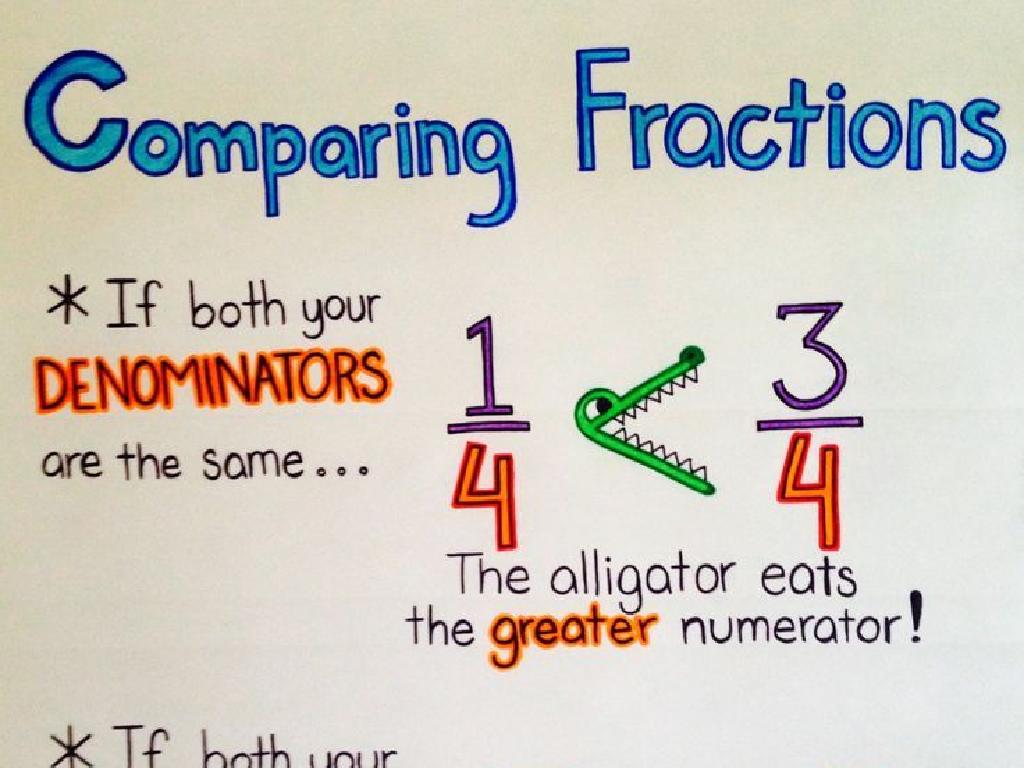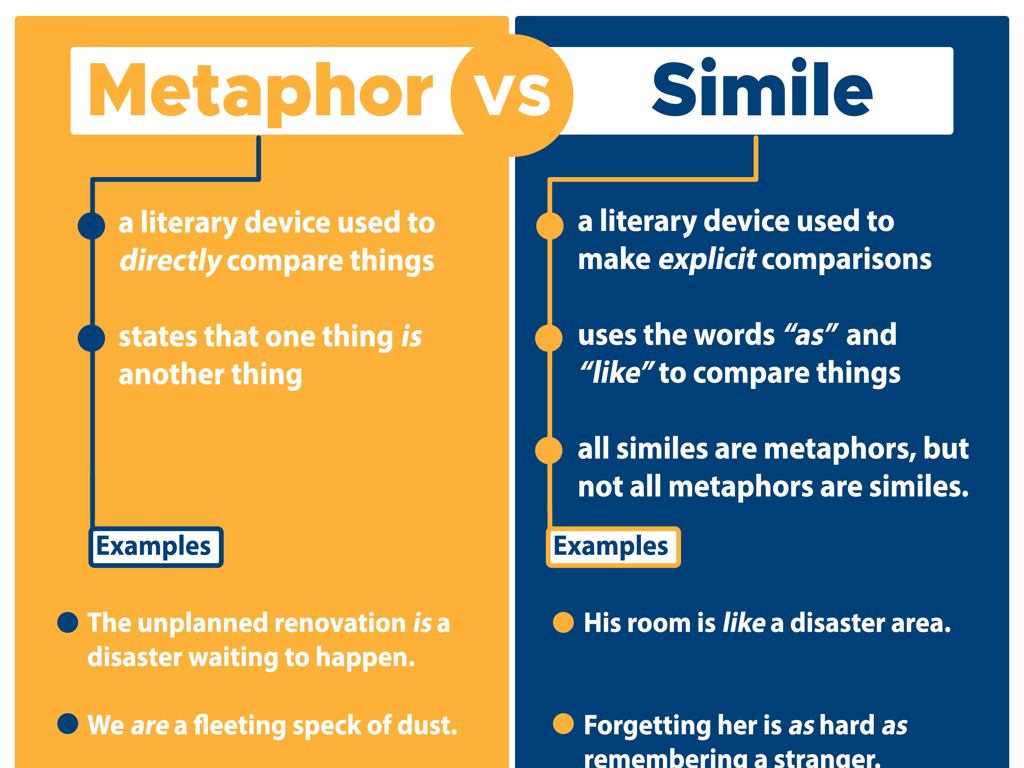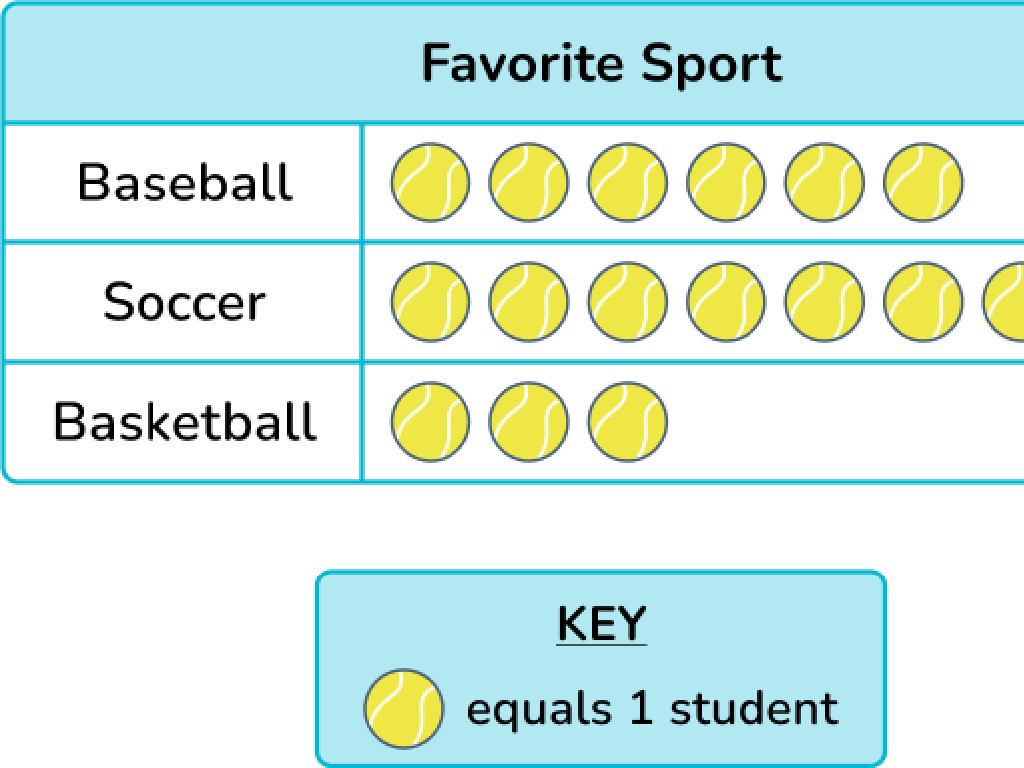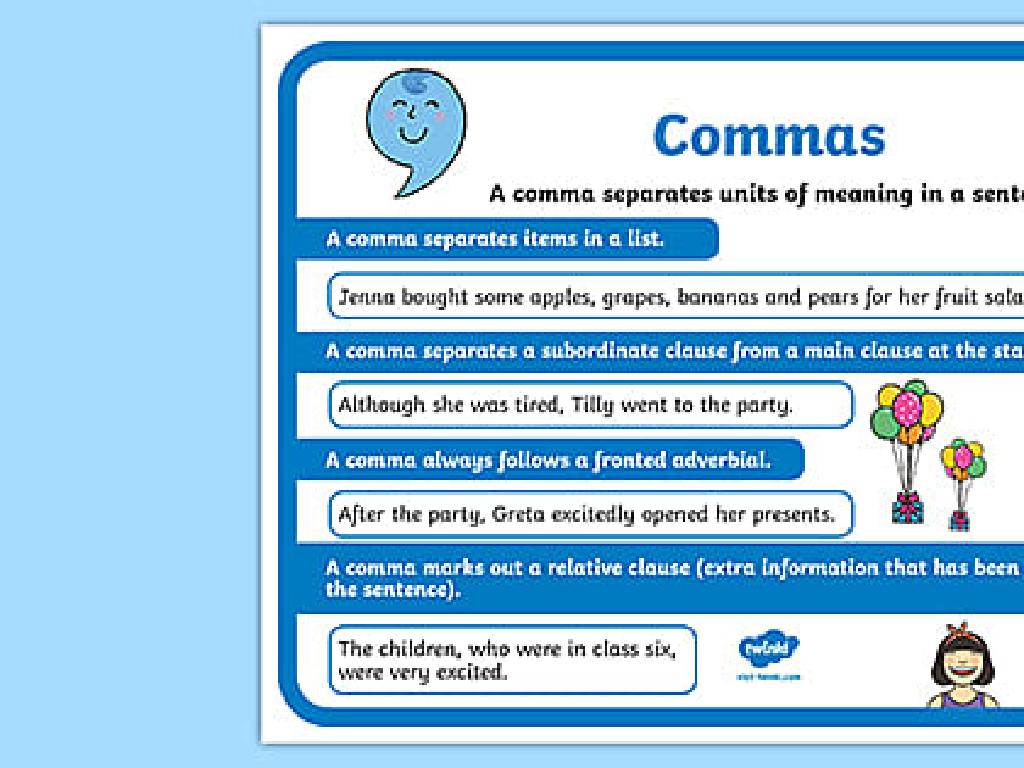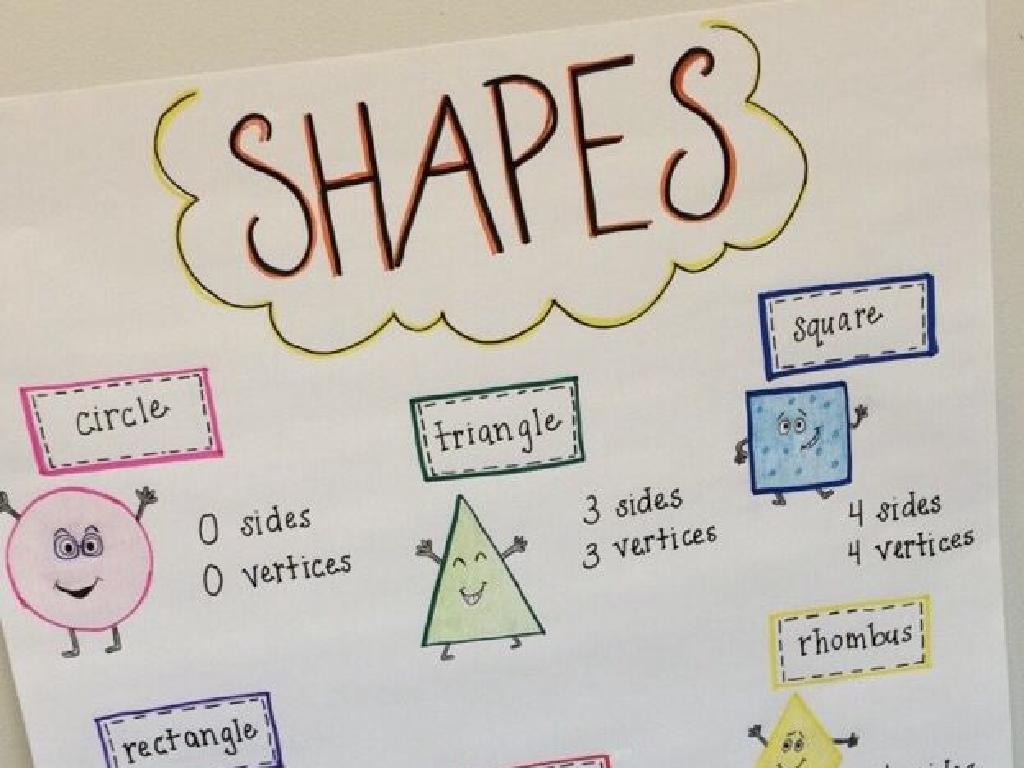Identify Parts Of The Engineering-Design Process
Subject: Science
Grade: Sixth grade
Topic: Engineering Practices
Please LOG IN to download the presentation. Access is available to registered users only.
View More Content
Welcome to Engineering: The Design Process
– Explore engineering practices
– Steps of the engineering-design process
– Define a problem, brainstorm, design, build, test, and improve
– The role of engineering in society
– Engineering solves problems and meets human needs
– Engineering’s impact on daily life
– From smartphones to bridges, engineering shapes our world
|
This slide introduces students to the world of engineering and its practices. Begin by discussing what engineering is and how it involves creating and designing technologies and structures. Explain the engineering-design process as a series of steps engineers use to come up with solutions to problems. Emphasize the importance of engineering in society by highlighting how it addresses various human needs and challenges. Provide examples of engineering in everyday life to make the concept more relatable to the students. Encourage them to think of problems in their own lives that could be solved with engineering. This will set the stage for further discussions and activities related to the engineering-design process.
Exploring Engineering
– Define engineering
– Application of science & math to solve problems
– Explore engineering fields
– Civil builds infrastructure, Mechanical designs machines, Electrical focuses on electric systems
– Discuss real-world engineering
– Bridges, robots, and circuits are engineering feats
– Understand engineering’s impact
|
This slide introduces students to the concept of engineering and its role in society. Start by defining engineering as the application of scientific and mathematical principles to create solutions to problems. Highlight the various fields of engineering, such as civil, which deals with infrastructure like roads and bridges; mechanical, which involves designing machinery; and electrical, which encompasses everything from power generation to electronic devices. Provide real-world examples to illustrate the tangible results of engineering work, such as famous bridges, robots used in manufacturing, or the electrical circuits in home appliances. Emphasize how engineering shapes the world around us and improves our daily lives. Encourage students to think of other examples they encounter in their everyday experiences.
The Engineering-Design Process
– Overview of the design process
A series of steps that engineers use to guide them as they solve problems.
– Steps engineers follow
Define the problem, research, brainstorm, plan, prototype, test, and improve.
– Problem-solving in engineering
Engineers use creativity and critical thinking to find solutions to complex issues.
– Application of the design process
Real-world examples include designing bridges, software, or eco-friendly packaging.
|
This slide introduces students to the structured approach engineers use to tackle problems, known as the engineering-design process. It’s important to convey that this process is iterative and can be applied to a wide range of challenges, from simple classroom projects to complex real-world issues. Emphasize each step, from defining the problem to testing and improving designs. Provide examples that are relevant and understandable to sixth graders, such as creating a model bridge or developing a new game. Encourage students to think about how they can use this process in their own lives to solve problems creatively and systematically.
The Engineering-Design Process: Identifying the Problem
– Understand the problem at hand
– Grasp the issue that needs a solution
– Ask questions to explore the problem
– What, why, how, who, where, when?
– Identify needs and constraints
– What must the solution achieve? What can’t it do?
– Document findings clearly
|
This slide introduces the first critical step in the engineering-design process: identifying the problem. It’s essential for students to understand the problem they are trying to solve before jumping into creating solutions. Encourage them to ask comprehensive questions that cover all aspects of the problem. They should also consider the needs the solution must meet and any limitations, such as materials, time, or cost. Have them document their findings as this will guide their design process. For an activity, students could be given a common problem and work in groups to identify the problem’s parameters.
Imagine Solutions: Engineering Design Process
– Brainstorm multiple solutions
– Think of different ways to solve a problem
– Foster creativity and innovation
– Be original, think outside the box
– Consider all possible options
– Don’t dismiss any idea, no matter how outlandish
– Evaluate and select the best
– Compare solutions to find the most effective one
|
This slide encourages students to engage in the ‘Imagine Solutions’ phase of the engineering-design process. Students should brainstorm a variety of solutions to a given problem, promoting creativity and innovation without immediate judgment. They should be reminded that all ideas are valuable and that sometimes the most unconventional idea can lead to the best solution. After brainstorming, students should learn to evaluate each potential solution based on criteria such as feasibility, cost, and time, to select the most effective one. This exercise will help them understand the importance of considering multiple perspectives and solutions in the engineering process.
Plan and Create: Engineering Design Process
– Select the best solution
– Choose the most effective idea after considering all options.
– Create a step-by-step plan
– Outline detailed actions to develop the chosen idea.
– Build a prototype or model
– Construct a working sample using the plan as a guide.
|
This slide focuses on the ‘Plan and Create’ phase of the engineering design process. Students should understand that after brainstorming, engineers must evaluate their ideas to select the most effective solution. Emphasize the importance of planning, which involves breaking down the project into manageable steps. Discuss the role of prototypes or models in testing the design before full-scale production. Encourage students to think about how they can apply these steps in their own projects, perhaps by creating a simple model using classroom materials. Provide examples of planning in engineering, such as blueprints for a bridge or the steps to program a video game.
Test and Evaluate: Improving Our Designs
– Testing the prototype
– Observe how the prototype performs under different conditions.
– Gathering and analyzing data
– Collect data on performance, note what works and what doesn’t.
– Making improvements
– Modify the design to fix issues and enhance functionality.
– Using feedback effectively
– Listen to suggestions from peers and teachers to refine the prototype.
|
This slide focuses on the critical stages of testing and evaluation in the engineering design process. Students should understand that creating a prototype is just a step towards the final product and that testing it is crucial. They should learn how to gather data methodically during the testing phase and analyze it to understand the prototype’s strengths and weaknesses. Emphasize the importance of iterative design – making improvements based on the data and feedback received. Encourage students to be open to constructive criticism and to use it to make their designs better. Discuss how real-world engineers repeat these steps, often many times, to refine their inventions and ensure the best possible outcomes.
Communicate and Share: Engineering Design
– Present the final design
– Show and tell about your creation
– Explain the design process
– Walk through the steps from problem to solution
– Share results and findings
– Discuss what was discovered
– Reflect on the engineering journey
– Talk about what you learned and would do differently
|
This slide encourages students to communicate and share their engineering projects effectively. They should be prepared to present their final design, explaining the steps they took in the design process, including defining the problem, brainstorming, and testing. Students should share the results and findings of their project, discussing what worked and what didn’t. Encourage them to reflect on their engineering journey, considering what they learned and how they could improve on future projects. This reflection helps reinforce the iterative nature of the engineering design process and the importance of communication in science.
Class Activity: Engineering a Paper Airplane
– Understand the design challenge
– Imagine and plan your airplane
– Think creatively, sketch your ideas
– Create and test your airplane
– Build your airplane, then test how far it flies
– Evaluate and share results
– Reflect on the design, present to the class
|
This activity is a practical application of the engineering-design process. Students will identify the problem of designing a paper airplane that can fly a long distance. They will then go through the stages of imagining and planning their design, creating the airplane, testing how well it flies, and evaluating its performance. Finally, they will share their design and the results of their test flights with the class. For the teacher: Provide materials for creating airplanes, create a space for test flights, and guide students through each step. Encourage creativity and iteration. Possible variations include focusing on flight time, accuracy, or performing tricks.

